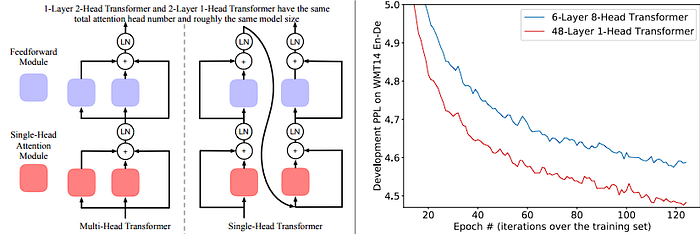The Evolution of the Pentagon: Adapting to a New Era of Geopolitical Competition
Introduction to the Shifting Landscape
Over the past three decades, the Pentagon has undergone significant transformations, politically, strategically, and technologically. This change has been influenced by various global events, including the end of the Cold War, the rise of counterterrorism, and the resurgence of Russia and China’s growing assertiveness. A key figure who has witnessed these changes is Hicks, who initially entered government in the 1990s. Her career has spanned across different roles, including taking breaks to complete a PhD at MIT and to join the think tank Center for Strategic and International Studies (CSIS), where she focused on defense strategy.
The Rise of China and Its Implications
Hicks notes that by the time she returned to government work in 2021, the People’s Republic of China (PRC) had emerged as a significant actor with the capability and will to contest the international system. This development marks a critical point in geopolitical competition, with China’s technological advancements playing a pivotal role.
China as a "Talented Fast Follower"
Hicks describes China as a "talented fast follower," indicating its ability to rapidly adopt and advance technologies. When asked if this assessment still holds, especially in light of recent developments in AI and other technologies, Hicks affirms her stance. China’s ability to set its mind to achieving certain capabilities and getting there quickly is noteworthy. However, she also highlights the factors that could affect China’s effectiveness, such as corruption and lack of experience in real combat operations.
The Strategic Advantage
The narrative of China being a mere follower in technological advancements is breaking down, with the country making significant strides not just in commercial tech but more broadly. When questioned about whether the US still holds a strategic advantage, Hicks suggests that the US model, based on free minds, free people, and free markets, has the potential to generate more innovation than a statist model. This, she believes, is the US’s advantage, provided it can be fully realized.
The Challenge of Manufacturing
China is ahead in manufacturing, particularly in drones and other unmanned systems. This poses a significant problem for US defense, as it impacts the ability to produce and deploy critical technologies quickly and in sufficient quantities. The question of whether the US can catch up in this area is complex, with the answer depending on factors such as investment in manufacturing capabilities and innovation.
The Future of Warfare: The Role of AI and Autonomous Systems
The future of warfare is likely to be heavily influenced by technologies such as AI and autonomous systems. Hicks’ signature initiative, Replicator, aims to rapidly field thousands of low-cost autonomous systems, such as drones. This initiative reflects the Pentagon’s effort to adapt to the new era of geopolitical competition and leverage technological advancements for strategic advantage.
Conclusion
The Pentagon’s adaptation to the new era of geopolitical competition, marked by the rise of China and advancements in technologies like AI, is a complex and ongoing process. Understanding China’s strengths and weaknesses, as well as the US’s strategic advantages, is crucial for developing effective strategies. Initiatives like Replicator underscore the importance of innovation and rapid deployment of technologies in maintaining a competitive edge.
FAQs
- Q: What are the main factors driving the transformation of the Pentagon?
- A: The main factors include the end of the Cold War, the rise of counterterrorism, and the resurgence of Russia and China’s growing assertiveness.
- Q: Why is China considered a "talented fast follower"?
- A: China is considered a "talented fast follower" because of its ability to rapidly adopt and advance technologies, setting its mind to achieving certain capabilities and getting there quickly.
- Q: Does the US still hold a strategic advantage over China?
- A: The US has the potential to generate more innovation due to its model of free minds, free people, and free markets, but realizing this advantage is key.
- Q: What is the significance of the Replicator initiative?
- A: The Replicator initiative aims to rapidly field thousands of low-cost autonomous systems, reflecting the Pentagon’s effort to adapt to new technologies and geopolitical competition.











